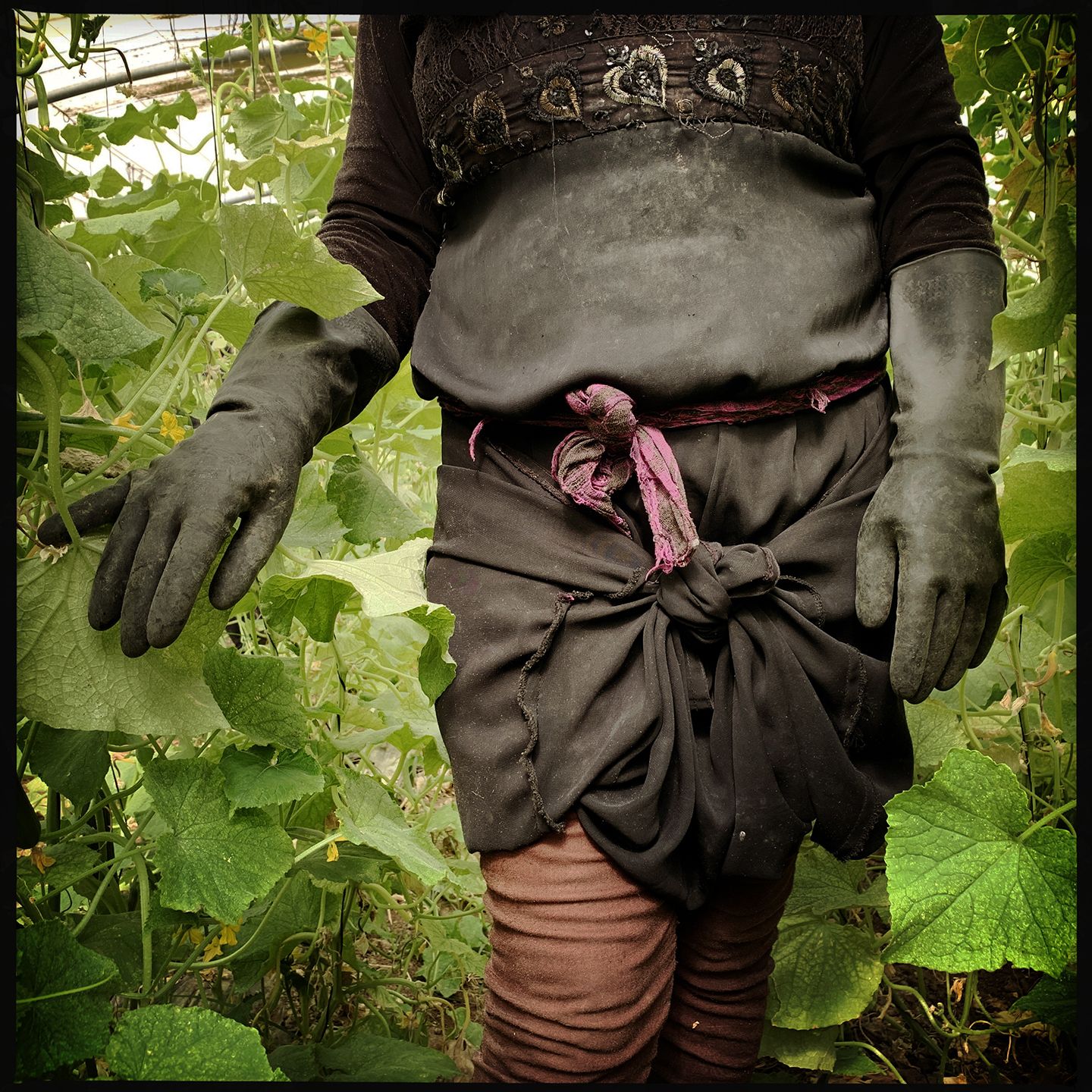These are a few visual and written notes on "Are We Visible Yet?," a project for National Geographic's special issue on women to be published in November.
I visited with women in five countries—India, Jordan, France, Kenya, and the U.S. They were both visible and invisible—politicians, domestic workers, an acclaimed astrophysicist, patients in a mental hospital. And a 13-year-old Samburu girl who had just been sold into marriage with a man over twice her age.
The lives of these women inform the debate about whether invisibility is synonymous with inequality.
Women are 50 percent of the global population and are the very heart of life—essential to survival—from birth to child rearing, working in the fields and factories. According to a recent report by the McKinsey Global Institute, true gender equality would add $12 trillion to the global economy.
But in spite of gender and economic disparity, women are often the innovators and changemakers that move society forward, working far from the headlines. Women, driven primarily by the desire for a better life for their children, gather in kitchens, tea shops, and secret corners around the world to plan a march for justice, to innovate in technology, and to spark a revolution. And then—into the light.
